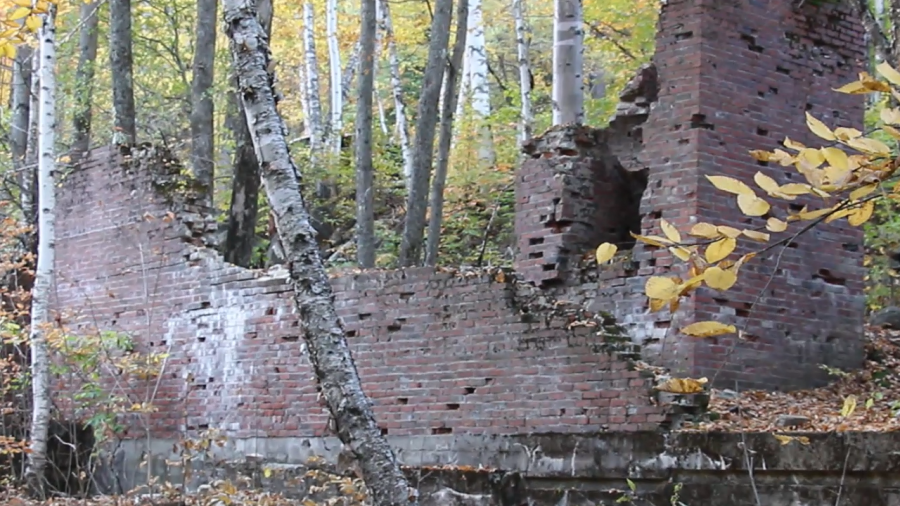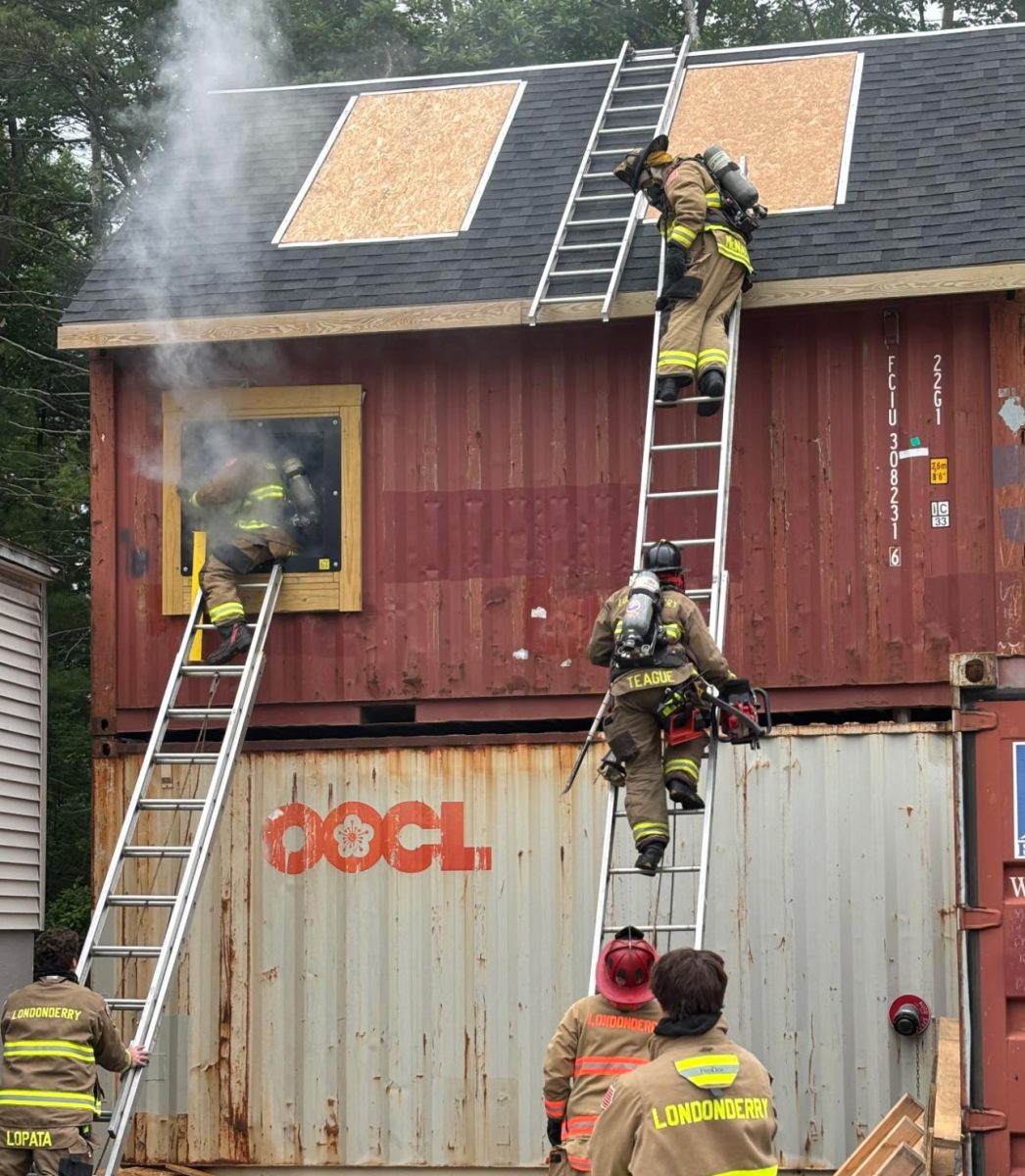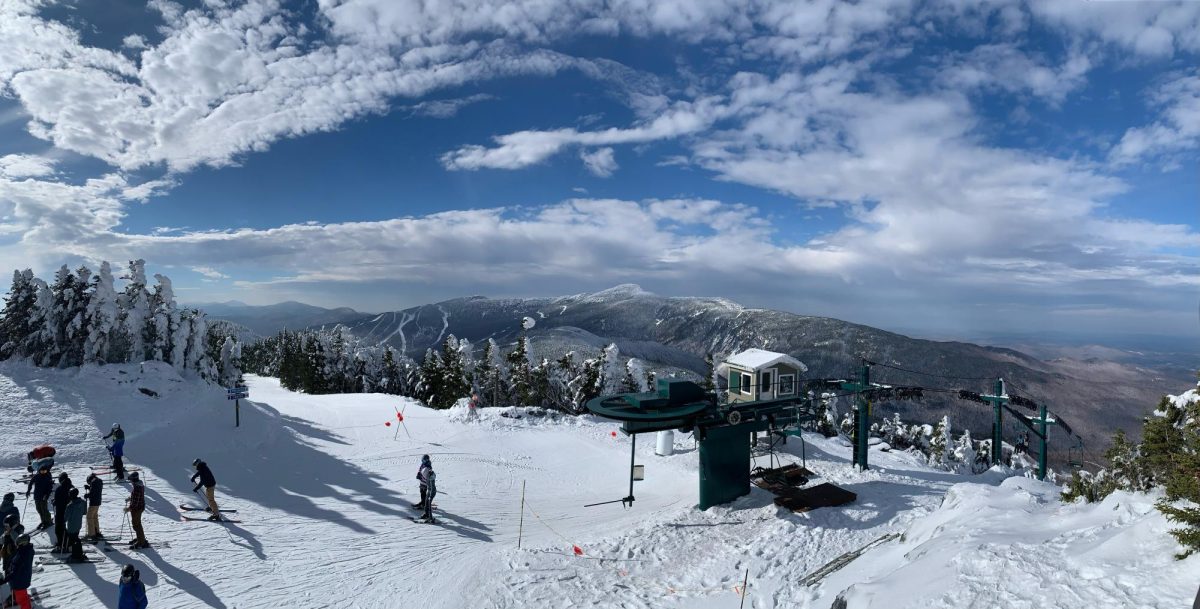Hidden deep in the forested peaks of White Mountain National Forest is Livermore, N.H., a historic logging town. At 63.8 square miles, the scenic village is fifty percent larger than Londonderry. The town is rich with history and is a great example of past N.H. culture for anyone who cares to look, even if it is completely abandoned.
1870’s New Hampshire. The Gilded Age is upon the nation, and booming tourism in the Granite State allowed for N.H.’s natural wonders to come to light. Many people finally learned to appreciate the Lakes Region, White Mountains, and Seacoast. Railroads were growing, cities were incorporated, and Robert Frost was born. However, what is most important to the story of Livermore is that the logging industry took off as industrialists flocked to the northern forests.
Livermore was incorporated by the N.H. State Legislature in 1876 for the operation of lumber mills by the Grafton County Lumber Company, founded by Charles W. Saunders and Daniel Saunders Jr. of Lawrence, Mass. The two brothers had invested $150,000 in the village and mills, which is equivalent to about $3.6 million today. Soon came the Sawyer River Railroad, and the cogs of Livermore’s industry began to turn.
By 1880, there were two mills, 18 homes, and 103 inhabitants. The Saunders family built themselves a luxurious mansion on the hill that overlooked much of the village. Livermore operated like any other town–there were marriages, births, and deaths. In fact, there were more than a few deaths. A smallpox epidemic took 40 of Livermore’s lives in 1880, according to Logging Railroads of New England by C. Francis Belcher.
Not only did disease strike the town, but so did several fires. The first mill burnt down three separate times, and the mansion burnt twice. Nearby, forest fires ravaged much of the land that James E. Henry–a rival of the Saunders family–deforested.
In the end, it wasn’t disease nor fire that constructed Livermore’s coffin, but instead was the temperamental weather of the White Mountains. November of 1927 brought unrelenting rain to Northern N.H. and Vermont, causing a historic flood that took 85 lives. Much of the Sawyer River Railroad and its bridges were destroyed, and from that point on, the town’s end was inevitable.
All but a twelve-acre parcel of Livermore’s land was sold to the Forest Service in 1934. Four or five families remained for a while, but by 1949, the last resident had left for good. The town’s incorporation was revoked by the state in 1951, and Livermore finally met its end.
Overtime, the nature around Livermore has slowly reclaimed the village, replacing the missing people with trees. There are no permanent residents or incorporated towns for miles. Standing in the ruins of a place so easy to miss, and it’s difficult to imagine that it was once a lively lumber community. The people of Livermore may have prospered for decades, but in the end, misfortune in the form of nature spelled the end of their community, and they were forced to leave it behind.
Today, the town of Livermore is overgrown, empty, and almost forgotten. It rots away deep in the forested peaks of White Mountain National Forest, hidden amongst the trees. And while most people may never see it, the ruins of the town are still there, waiting for the day when even the forsaken foundations will lose to the retaliation of the forest.














![Carol Ritchie helps one of her students through a computer assignment during A period. Ritchie has taught students basic English with activities to help them get a better grasp of concepts. problem-solving skills in her classroom. “I try to make the class fun and find [activities] that interest them,” Ritchie said.A banner of the world map and flags hangs near ESOL teacher Ms. Ritchie’s desk. (Image made in Canva by Kelsey Sweet).](https://www.lancerspiritonline.com/wp-content/uploads/2025/06/Light-Green-Featured-Jewelry-Instagram-Post.jpg)






